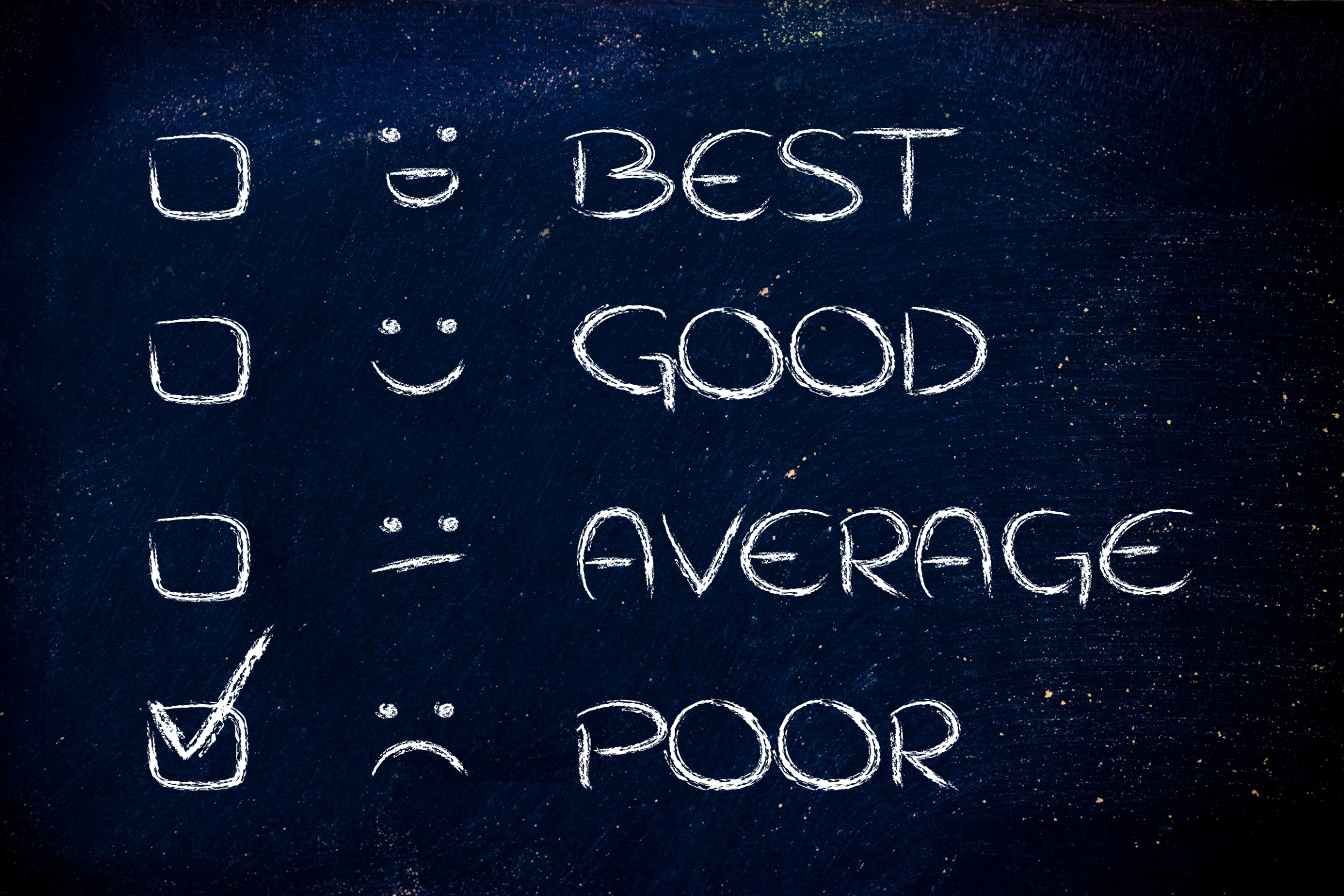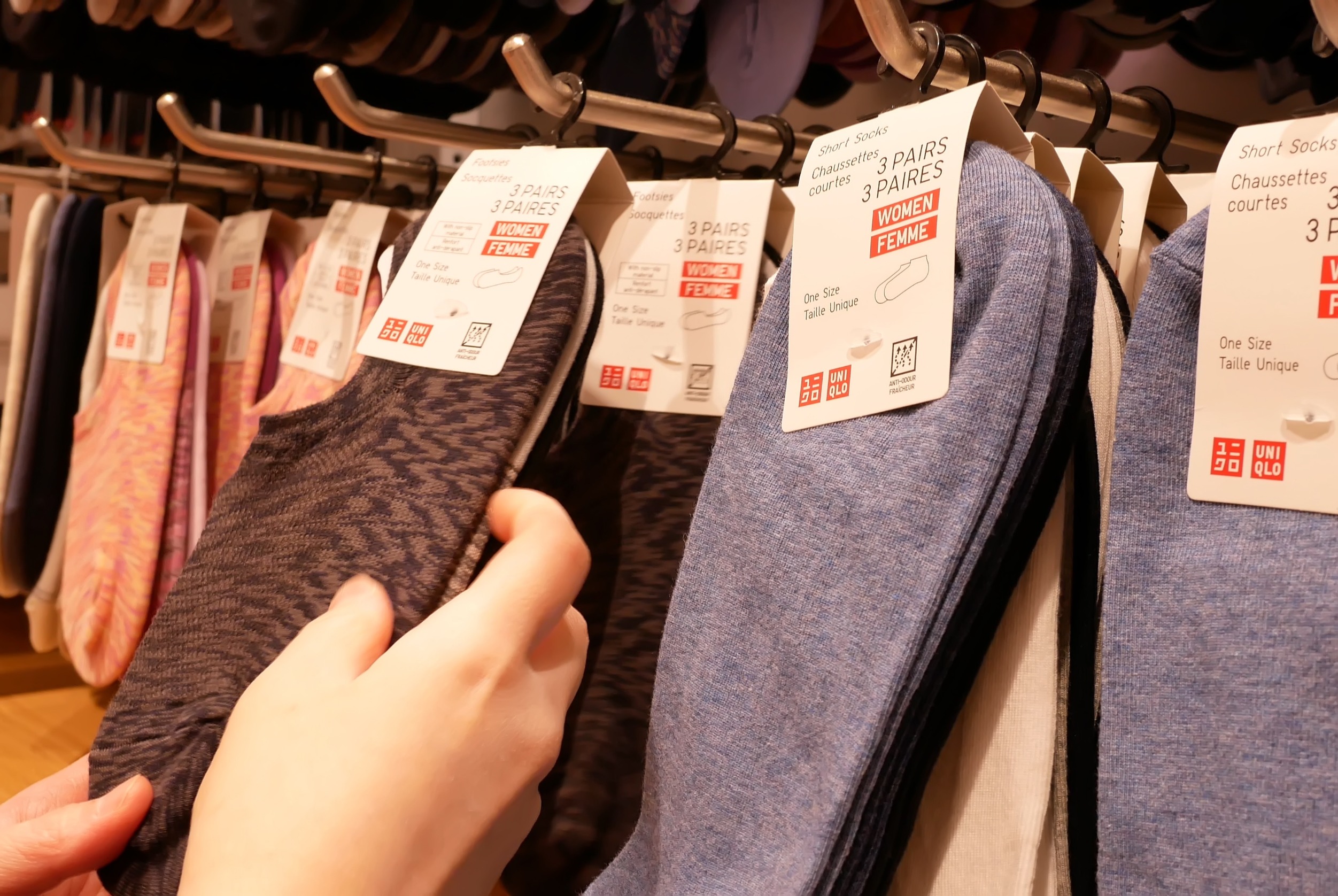We’ve all been there: stepping into a store or browsing online, only to leave with a cart full of items we didn’t really need. While shopping can be fun and rewarding, it’s easy to fall into traps that lead to unnecessary spending. Understanding these pitfalls can help us make smarter choices and keep our budgets intact. Here are 15 common shopping tips that can often backfire, leading to overspending.
1. Shopping Without a List
Heading to the store without a list might seem freeing, but it often leads to impulse buys. Without a clear idea of what you need, it’s easy to get distracted by enticing displays and new products.
A list helps you stay focused and avoid unnecessary purchases. It’s like having a shopping game plan that keeps you on track. So, next time, jot down what you need before you head out.
2. Ignoring Sales and Discounts
While it might seem wise to ignore sales to avoid temptation, sometimes skipping out on discounts means missing genuine savings. However, it’s crucial to distinguish between buying something just because it’s on sale and buying something you actually need.
Sales can be beneficial if approached with a plan. Be selective and think critically about whether the sale item fits your needs or if it’s just an attractive deal. This balance can help you save money without overloading your cart with unnecessary items.
3. Relying on Store Loyalty Programs
Store loyalty programs often promise savings, but they can also encourage more frequent shopping and larger purchases. The perks might lure you into buying items you don’t need just to earn points or get a discount. It’s easy to justify spending more when you think you’re getting something extra in return.
While loyalty programs can be beneficial, use them wisely and don’t let them dictate your shopping habits. Focus on buying only what you need, regardless of the potential rewards.
4. Shopping for Entertainment
Browsing stores or online shops as a way to pass time can lead to unexpected and unnecessary purchases. Shopping as a form of entertainment often results in buying things on a whim, driven by boredom rather than need. It’s a slippery slope where casual browsing turns into spontaneous spending.
To avoid this, find alternative ways to entertain yourself that don’t involve potential purchases. When you do need to shop, approach it with a specific purpose in mind.
5. Falling for “Buy One, Get One” Deals
“Buy One, Get One” (BOGO) deals can be enticing, but they often lead to buying more than you need. These promotions play on the idea of getting more value, but if the extra item isn’t something you’d purchase normally, it’s not really a deal.
Instead of saving money, you end up spending more on an extra item. Evaluate whether you truly need the second item before falling for BOGO deals. Remember, it’s not a bargain if it leads to unnecessary spending.
6. Using Credit Instead of Cash
Paying with credit can sometimes detach you from the reality of how much you’re spending. It’s easy to swipe a card and not feel the immediate impact on your bank account. This can lead to overspending and accumulating debt.
Using cash can help you stay more mindful of your spending limits and make more deliberate purchasing decisions. If you prefer using cards, consider a debit card or setting strict spending limits to keep your budget in check.
7. Not Setting a Budget
Going shopping without a set budget is like driving without a map; you might end up far from where you intended. Without a budget, it’s easy to lose track of your spending and purchase items on a whim.
Setting a budget helps you plan your purchases and avoid financial surprises. It gives you a clear spending limit and encourages you to prioritize your needs over wants. Stick to your budget to avoid the pitfalls of unplanned expenses.
8. Being Swayed by Store Layouts
Store layouts are meticulously designed to guide you through as many aisles as possible, exposing you to more products. This strategic placement often leads to impulse buys.
Products you never planned to purchase can catch your eye as you navigate the store. Being aware of these tactics can help you resist the urge to buy things you don’t need. Stick to your list and stay focused to avoid falling for strategic store layouts.
9. Shopping When Hungry
Grocery shopping on an empty stomach is a well-known recipe for overspending. Hunger can lead you to buy more food than necessary, often including unhealthy snacks.
It’s hard to make rational decisions when all you can think about is eating. Eat a snack before heading to the store to keep your cravings in check. This way, you’ll be more likely to stick to your list and avoid unnecessary purchases.
10. Ignoring Product Reviews
Skipping product reviews can lead to regretful purchases. Reviews provide insights into the quality and functionality of an item, helping you make informed decisions. Without this information, you might buy something that doesn’t meet your expectations or needs.
Taking a few minutes to read reviews can save you from wasting money on poor-quality products. Trust the experiences of others to guide your purchases and avoid unnecessary spending.
11. Going to “Just Look Around”
Telling yourself you’re just going to look around is a slippery slope to spending money. Casual browsing often turns into finding “must-have” items you didn’t plan to buy.
The intention to window shop can quickly lead to purchasing things on a whim. If you truly don’t need anything, avoid the temptation to browse stores. If you do need to shop, stay focused on your list and purpose.
12. Not Comparing Prices
Failing to compare prices can lead to overpaying for items. With so many shopping options available, it’s smart to check prices at different stores or online before making a purchase.
Comparing prices ensures you’re getting the best deal and helps you avoid unnecessary spending. Use apps and websites designed for price comparison to make this process easier. A little extra effort can lead to significant savings.
13. Being Swayed by Brand Loyalty
Brand loyalty can be costly if it blinds you to better deals from other brands. Sometimes, generic or lesser-known brands offer the same quality for a lower price.
Sticking to one brand without exploring alternatives can limit your options and increase your spending. Be open to trying different brands, especially for non-essential items. You might discover new favorites and save money in the process.
14. Buying in Bulk Without a Plan
Buying in bulk can be economical, but only if you have a plan for using the items. Purchasing large quantities without considering if you’ll use them before they expire can lead to waste.
Assess your needs and storage capabilities before buying in bulk. It’s only a good deal if you can actually use everything you buy. Plan your bulk purchases carefully to avoid unnecessary spending and waste.
15. Shopping During Sales Without a Purpose
Sales can be a double-edged sword. While they offer great deals, shopping during sales without a clear purpose can lead to buying things you don’t need.
The excitement of discounts can cloud your judgment and lead to impulse buys. Approach sales with a list of items you need, and stick to it. This way, you’ll benefit from the savings without falling into the trap of unnecessary spending.
Shop Smart, Save More
Understanding these common shopping traps can help you make more conscious and deliberate purchasing decisions. By avoiding these pitfalls, you can enjoy shopping without the guilt of overspending.
Remember, the key is to stay focused, plan ahead, and be mindful of your needs versus wants. Happy shopping, and may your purchases always bring you joy without breaking the bank!
Read More:
13 Fashion Retailers Gen Z Isn’t Shopping At and It’s Impacting the Industry
Shopping Trends That Impact Your Budget

















